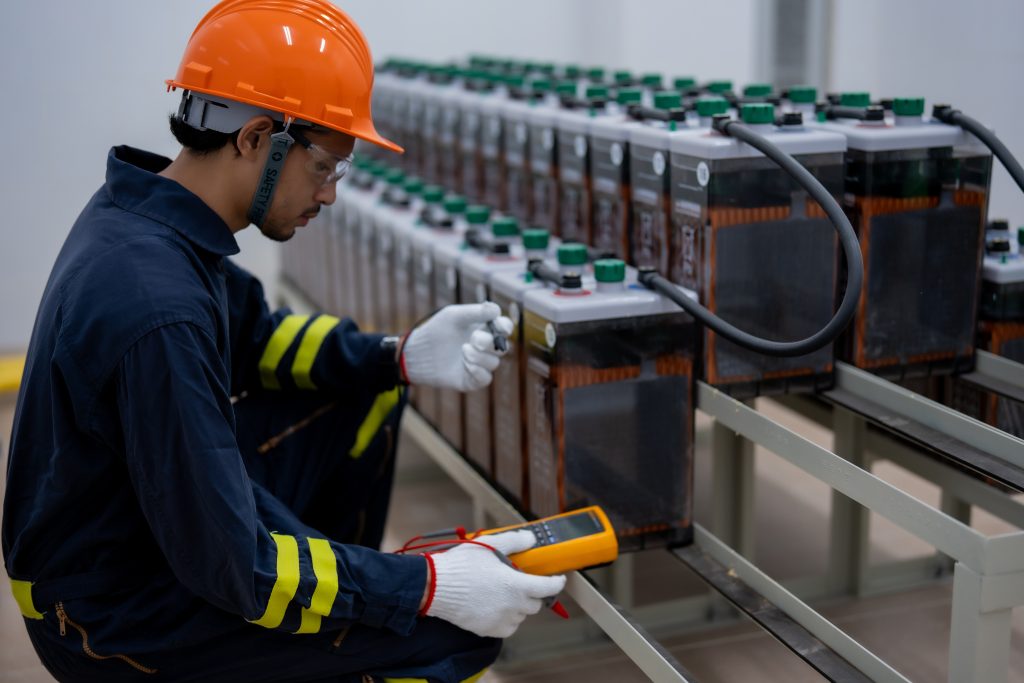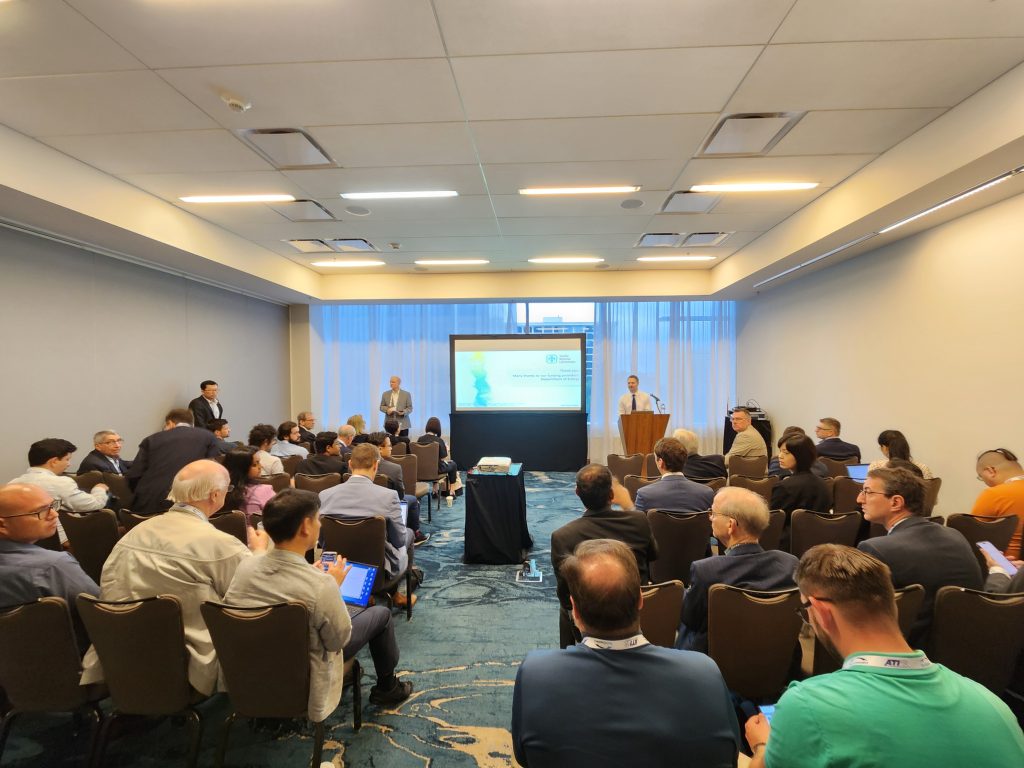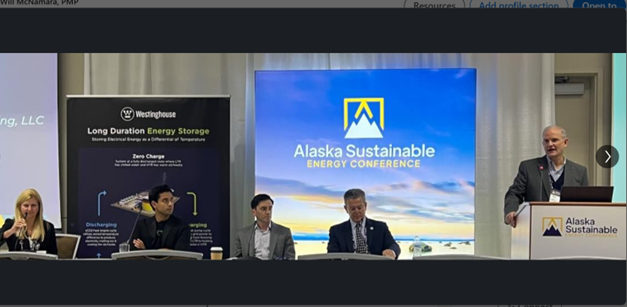Findings shed light on the mechanisms of zinc passivation, a critical factor affecting the performance of zinc battery systems
Rechargeable alkaline zinc batteries are a promising technology for large-scale stationary energy storage due to their high energy density, as well as their use of abundant and inexpensive raw materials. New research has clarified an underlying mechanism affecting their performance, resolving a long-standing debate and providing the science for designs with improved performance and reliability.
Alkaline zinc batteries show great potential for low-cost energy storage, yet several technical challenges remain to unlock their full commercial potential. Of critical understanding is zinc passivation, where the active surface of the zinc electrode becomes covered by layer of zinc oxide. The layer acts a barrier to normal electrode operation, affecting how well the battery can store and release energy. Specifically, zinc passivation reduces batteries’ discharge rate, contributes to the shape change of the electrode and creates roughened surfaces that create ideal conditions for dendrite growth—all of which affect battery performance.
Establishing a fundamental understanding of the zinc passivation process can help scientists and manufacturers improve battery performance and benefit other industries, such as manufacturing, where zinc coatings and plating are used to protect metal parts from corrosion.
Funded by the DOE Office of Electricity Energy Storage Division, researchers from Sandia National Laboratories, Oak Ridge National Laboratory, and University of Tennessee have shown that the alkaline zinc passivation mechanism is controlled by the electrolyte’s hydroxide concentration. Using a method known as electrochemical quartz crystal microbalance, the team tracked how the mass of zinc electrodes changed when exposed to different concentrations of a potassium hydroxide solution (KOH), commonly used as an electrolyte in alkaline batteries. Researchers then evaluated and measured the zinc’s electrodeposition, dissolution, and passivation during electrochemical testing where they directly identified and observed reactions’ occurrences, timing, and cause.
The team observed that the way zinc becomes inactive changes depending on the levels of hydroxide ions (OH-) and zincate in the solution. As the concentration of OH- increases, the process of zinc passivation shifts from one where zinc sticks to the surface to one where it dissolves and forms new materials. They observed that a natural oxide layer forms in all fully saturated solutions, but not in all half-saturated ones. Additionally, the amount of OH- affects how these oxide layers are structured; they become denser as the concentration increases.
The results suggest that different configurations of the zinc alkaline solution require tailored approaches to effectively manage zinc corrosion, the oxide layers, and passivation. The research builds on the team’s prior work to understand how passivation of the zinc electrode occurs in alkaline solutions.
The findings are relevant to the nascent zinc-alkaline U.S. battery industry, which has potential to support U.S. grid security and reliability. This work is also relevant to zinc-corrosion prevention applications where zinc coatings and plating are often used by industry to protect metal parts from corrosion. The insights gained could help improve the application of zinc for this purpose.
The research was published earlier this year in the Journal of the Electrochemical Societyin the article titled “Alkaline Zinc Passivation Mechanism is Controlled by Hydroxide Concentration” and featured in an invited talk at the annual Beyond Lithium Ion conference. The effort is part of the DOE Office of Electricity’s research and development to strengthen and modernize the national power grid to maintain a reliable, affordable, secure, and resilient electricity delivery infrastructure.
More information is available in the published paper.
This work was supported by the U.S. Department of Energy, Office of Electricity (OE), Energy Storage Division.
Citation: R. M. Wittman, R. L. Sacci, and T. A. Zawodzinski, “Alkaline Zinc Passivation Mechanism is Controlled by Hydroxide Concentration,” J. Electrochem. Soc., vol. 172, no. 4, pp. 040514, Apr. 2025, doi: 10.1149/1945-7111/adc6c7.



